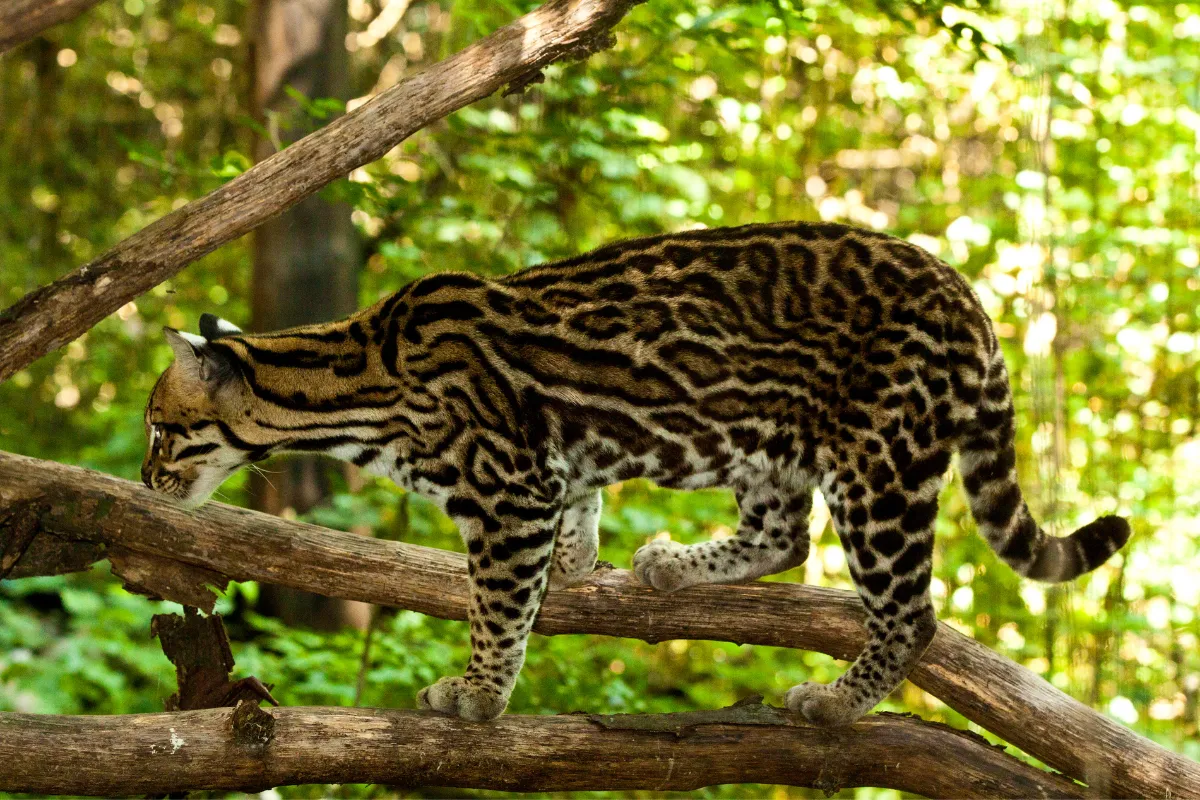Ever dreamt of having a majestic feline companion that turns heads and elicits awe?
Believe it or not, some of the largest exotic cats can be kept as pets.
In this guide, we’ll explore the wilder side of pet ownership, delving into the characteristics of six remarkable big cats that, surprisingly, can share your home.
Savannah Cat Marvel
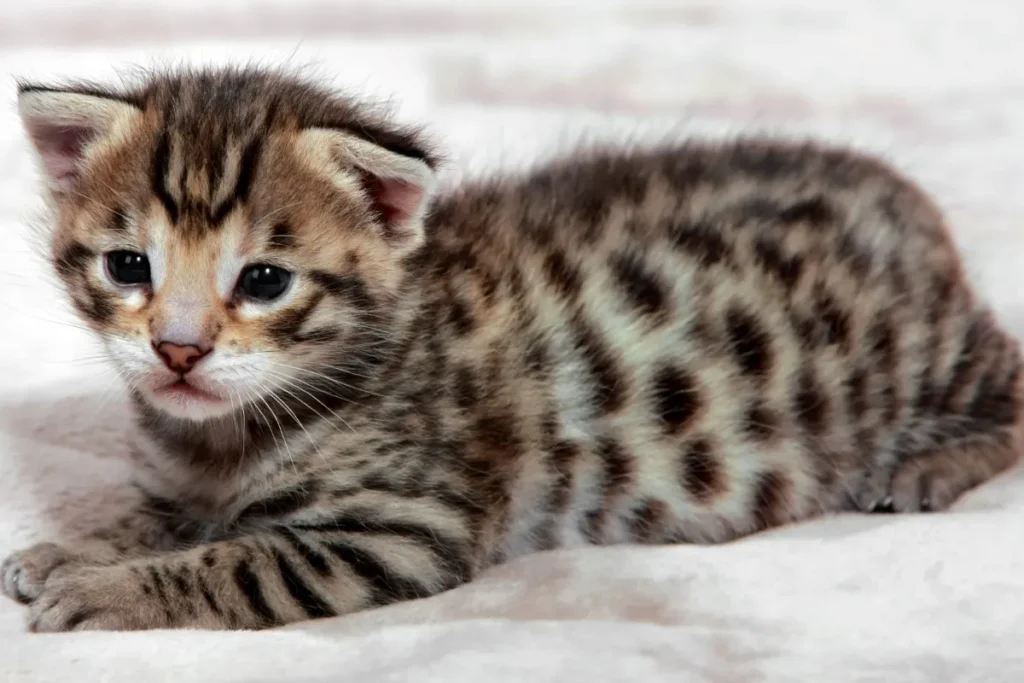
The Domestic Charm of the Savannah
Meet the Savannah Cat, a stunning hybrid that combines the elegance of a serval with the demeanor of a domestic cat.
It’s like having a mini wildcat with the friendly disposition of your favorite lap cat.
The Savannah Cat is legal to own in many places and brings a touch of the wild to your living room.
Bengal Cat Majesty
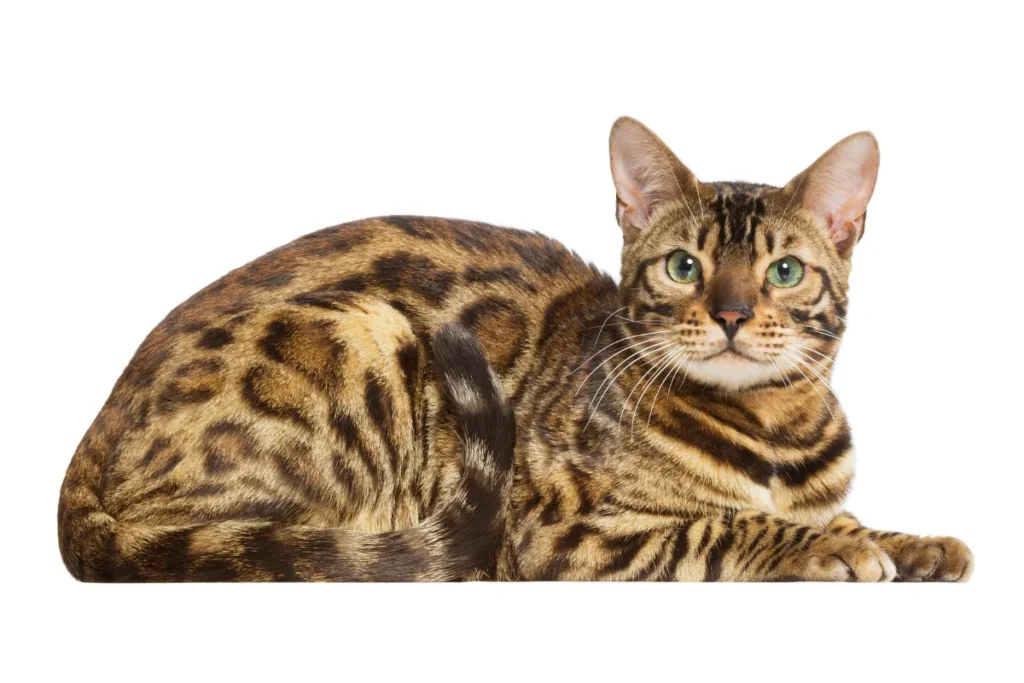
The Exquisite Beauty of the Bengal
Bengal Cats, with their distinctive spotted or marbled coat, resemble mini leopards.
It’s like having a sleek and stealthy hunter lounging on your windowsill.
Bengals are known for their playful nature and are legal as pets in many regions, adding a touch of the exotic to your home.
Caracal Cat Elegance

The Graceful Stature of the Caracal
Caracal Cats, with their distinctive tufted ears and athletic build, exude a wild elegance.
It’s like having a small lynx gracing your presence.
While regulations vary, some places allow these beautiful creatures as pets, bringing a touch of the African savannah into your home.
Servals: The Slender Wonders
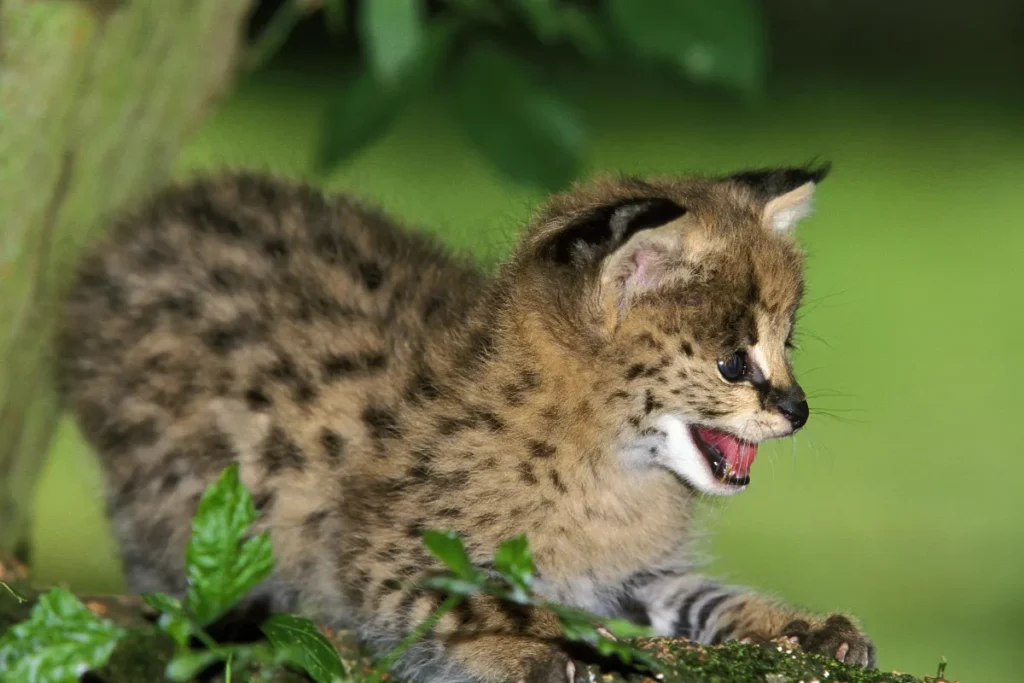
The Slender Wonders of the Serval
Servals, with their long legs and striking spots, are a marvel of the wild.
It’s like having a mini cheetah prowling around. While regulations can be strict, in some places, diligent owners can legally keep Servals as pets, experiencing the beauty of the African plains in their own homes.
Bobcat Charm
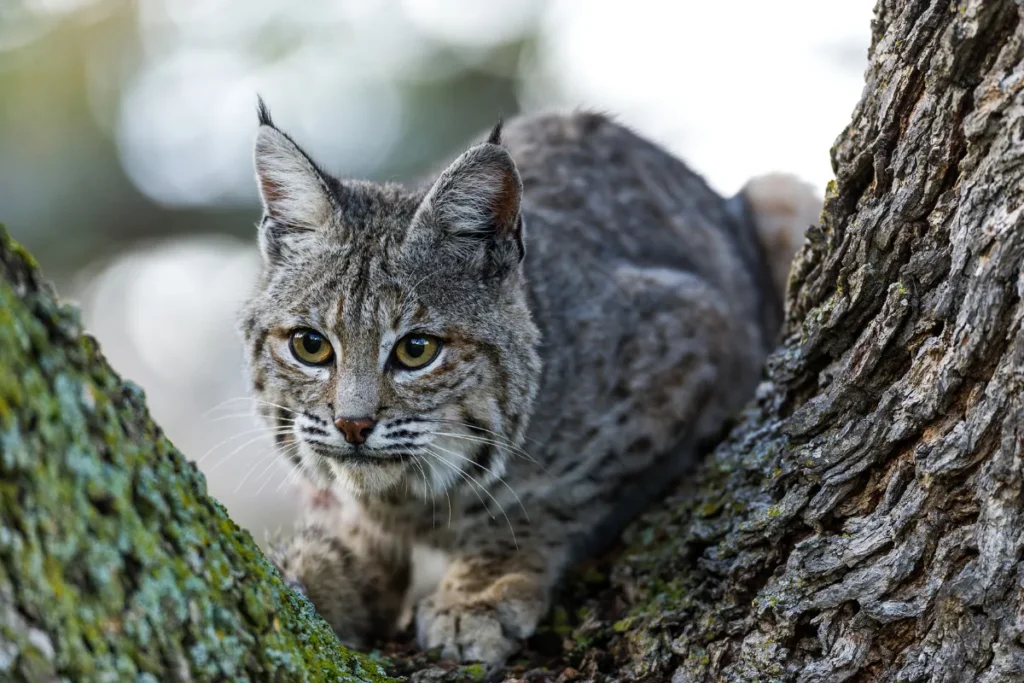
The Wild Charisma of the Bobcat
Bobcats, with their tufted ears and distinctive markings, are captivating wild cats.
It’s like having a creature from a storybook sharing your living space.
While regulations are stringent, in some places, individuals with the proper permits can legally keep a Bobcat, adding a touch of North American wilderness to their homes.
Ocelot: The Dazzling Acrobat
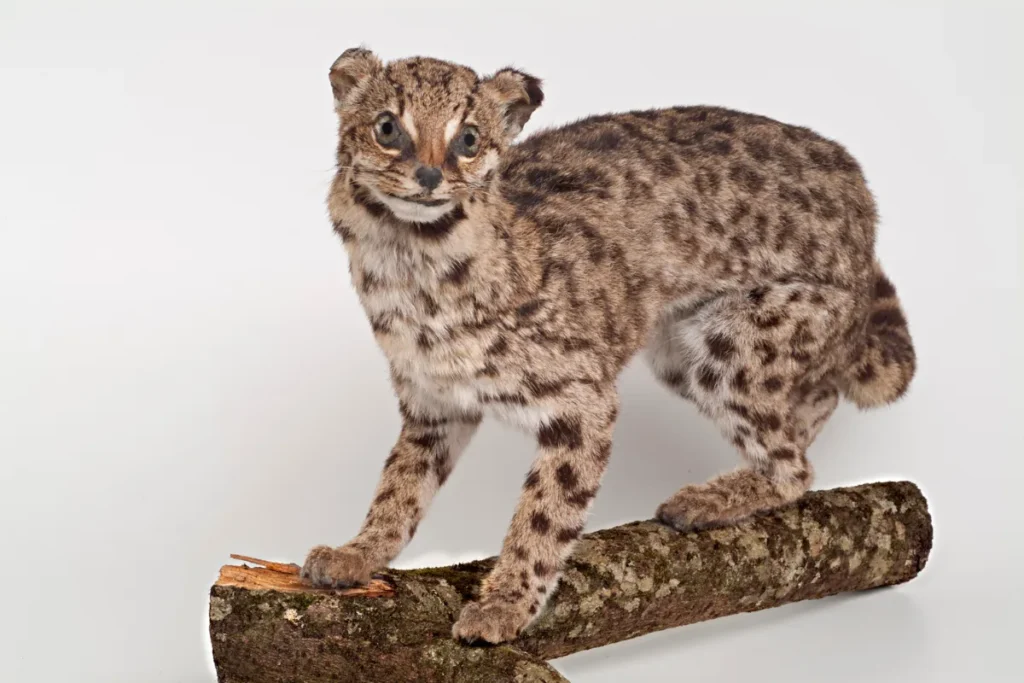
The Dazzling Acrobat of the Ocelot
Ocelots, with their spotted coat and sleek physique, are like acrobats of the feline world. It’s like having a jungle explorer in your own backyard.
With proper permits, some places allow Ocelots as pets, providing a unique and exotic companion for those ready to meet their specific needs.
Conclusion
While the allure of having a large exotic cat as a pet is undeniable, it comes with significant responsibilities.
Legalities, proper permits, and meeting the specific needs of these majestic creatures are paramount.
It’s essential to remember that these cats, even if considered legal pets, require specialized care and environments to thrive.
Frequently Asked Questions (FAQs)
Q: Are exotic cats suitable for everyone as pets?
A: No, exotic cats require specialized care, environments, and commitment.
They are not suitable for everyone and are best suited for experienced owners who can meet their unique needs.
Q: What legal considerations are important when owning an exotic cat?
A: Legal requirements vary by location. Always check local and national regulations regarding the ownership of exotic cats.
Permits, enclosures, and specific care guidelines are often mandatory.
Q: Can I keep an exotic cat if I live in an apartment?
A: Generally, exotic cats require large, secure enclosures and specialized environments.
Apartment living may not provide the space and conditions these cats need for physical and mental well-being.
Q: Do exotic cats make good companions for children?
A: Exotic cats are not recommended as pets for families with young children.
Their wild instincts and specialized care needs make them better suited for experienced owners in quiet environments.
Q: What are the main challenges of owning an exotic cat as a pet?
A: Challenges include meeting legal requirements, providing specialized care, creating proper enclosures, and understanding the wild instincts of these animals.
It requires significant time, effort, and financial commitment.

